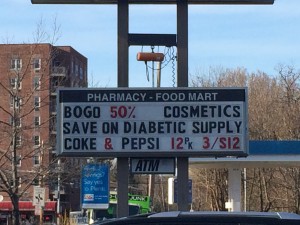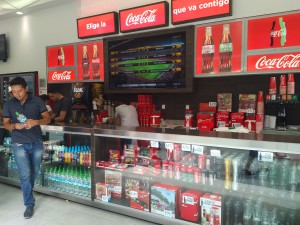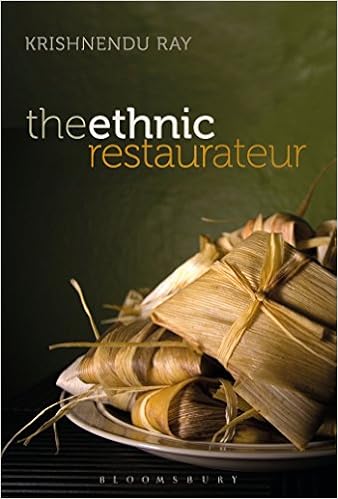Last week, StatNews.com revealed that the Walt Disney company tried to withdraw a research study it had funded because its University of Colorado authors, Jim Hill and John Peters, were behind the Global Energy Balance Network, the group funded by Coca-Cola to minimize the role of sugary drinks in obesity.
The headline: “Disney, fearing a scandal, tried to press journal to withdraw research paper.”
StatNews.com based the story on e-mails obtained from the University of Colorado by Gary Ruskin of US Right to Know through open records requests.
An e-mail from John Peters to a Disney representative says “could I ask you to look this [draft press release] over and edit as you see fit.”
But the authors’ conflict-of-interest disclosure statement says:
This work was supported by the Walt Disney Company and by the National Institutes of Health (grant no. DK48520). The Walt Disney Company and the National Institutes of Health had no role in the design, analysis, or writing of this article.
This may be strictly true, but the authors were asking Disney to approve their press release, which is not exactly “no role.”
Readers: does any of this sound familiar? In February, I wrote a blog post about precisely this article for which I wrote an invited Commentary, accepted by the journal but not published. I said:
The paper turned out to be by a group of authors, among them John Peters and Jim Hill, both members of the ill-fated Global Energy Balance Network, the subject of an investigation by the New York Times last August…I thought Disney’s sponsorship of this research and its withholding of critical baseline and sales data on kids’ meals that the company considered proprietary did indeed deserve comment, and wrote my piece accordingly. Brian Wansink [the journal editor] soon accepted it for publication but to my surprise, gave it to Peters et al. for rebuttal. They filed a lengthy response. I was then given the opportunity to respond, and did so, briefly.
My Commentary—and the back-and-forth—were omitted (although they are online and will be published in a later issue, apparently).
Brian Wansink wrote colleagues who are editing the next issue of the journal that the back-and-forth debate over the article “was heated, and it also dragged on (because of Disney approvals) and – as we feared – it missed the deadline of our issue.”
This suggests that Disney had even more of an involvement, but when I asked Wansink if Disney approvals were responsible for his having dropped my Commentary, he said no, they just ran out of room.
We now know that Disney was more involved than disclosed. How involved? We dont know but perhaps other e-mails will surface to answer that question.
In their Rebuttal to my Commentary, Hill and Peters said
We were disappointed by Dr. Nestle’s assertion that Disney’s decision to not allow publication of kid’s park attendance numbers or raw kid’s meal sales numbers (because of their proprietary nature in the competitive business of theme parks) and the fact that Disney funded the study raises “red flags” about the veracity of the data presented…While we believe caution and transparency are always key ingredients when working with industry we also believe that solving the obesity problem will require finding a productive model for working together that can channel everyone’s energy toward finding solutions. The Disney study is a good example of why partnering with industry can help move the field forward.
I am sorry I disappointed them, but I disagree.
The e-mails demonstrate even more forcefully that the Disney study is a good example of why partnering with industry should raise acres of red flags.
To repeat my response:
The response from Peters and Hill still fails to acknowledge the severity of the problems posed by Disney’s sponsorship of their research—the company’s failure to produce data essential for proper interpretation of study results, and the level to which sponsorship by food companies biases such interpretations. At one point, Disney boasted of the results of this research, confirming its benefit to marketing goals. The threat of industry sponsorship to research credibility has received considerable press attention in recent months, as must surely be known to these authors. [References one and two].
Because of Disney’s funding, the company must have thought it had the right to determine whether and how its funded study would be published. And, as these e-mails reveal, therein lies the problem.









